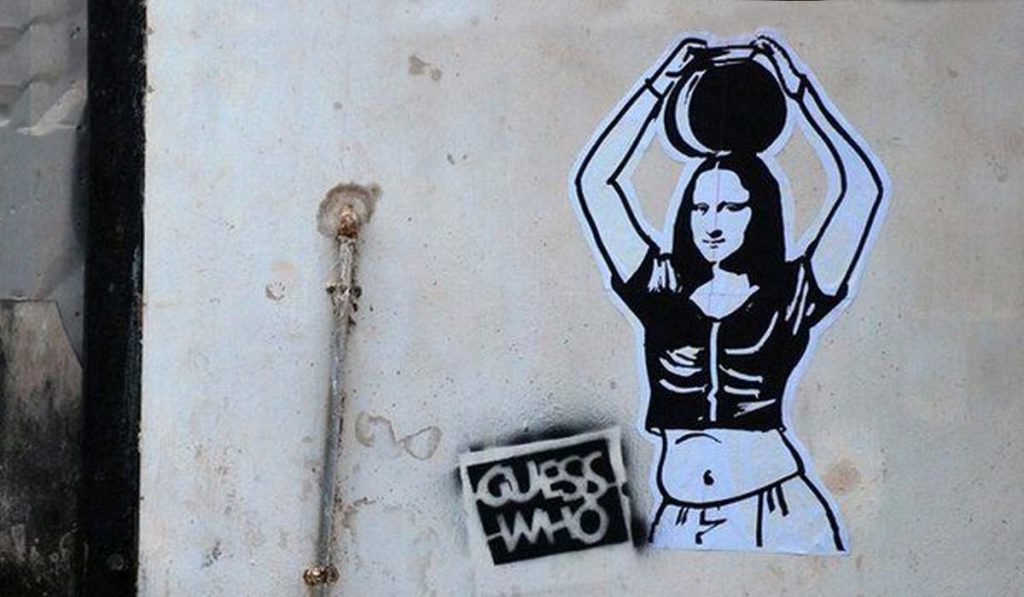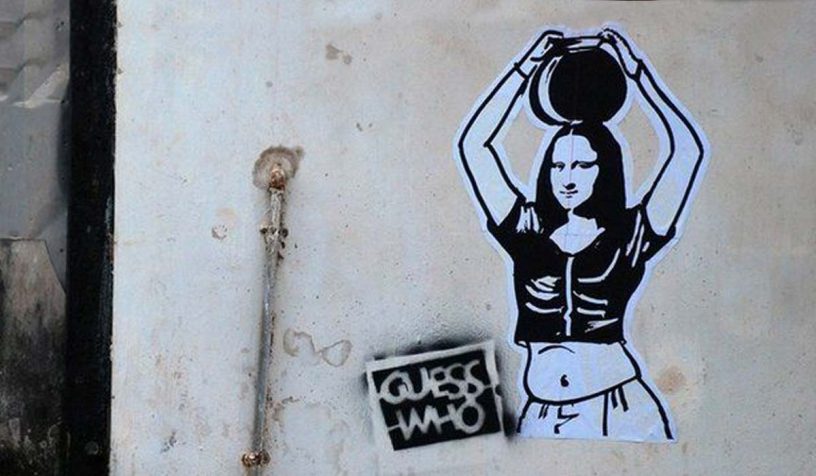
Image Source: GuessWho
This study seeks to understand how the discourse around graffiti can help empower women in their struggle to claim the streets.
Author
Benson Rajan, Assistant Professor, Jindal School of Journalism & Communication, Sonipat, Haryana, India.
Summary
Graffiti has been conversing with the public for millions of years. In India, this art form is prominent in spaces like historical monuments, schools, colleges, classrooms, public bathrooms, benches, desks, and local transports. With the coming of the Covid 19 pandemic, this art from the streets has come alive in people’s smartphones. This paper explores and interprets the works of GuessWho, a prominent stencil graffiti artist working in the city of Bengaluru, Karnataka, and originally belonging to Kochi, Kerala.
This study seeks to understand how the discourse around graffiti can help empower women in their struggle to claim the streets. By focusing on Instagram as a medium of social resistance, the paper explores the role of graffiti and social media in challenging the patriarchal status quo.
Semiotics is used to understand the ways in which the production and consumption of forms of street art and graffiti are increasingly shaping the way Bengaluru city negotiates with gender.
GuessWho’s graffiti symbolically targets and contests gender discrimination and particularly challenges some of the existing classist, racist, or sexist biases by subverting the use of sari, technology, and gender roles in the artwork.
Published in: Tripodos
To read the full article, please click here


